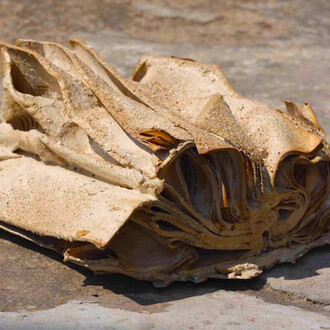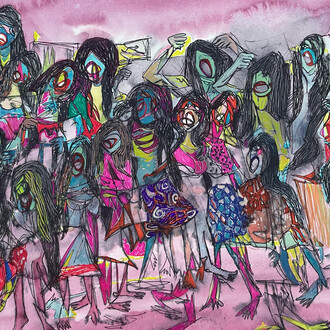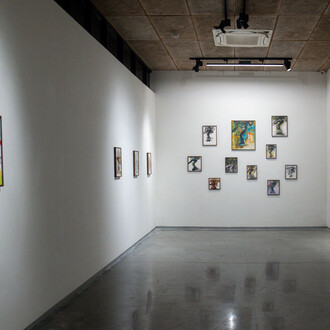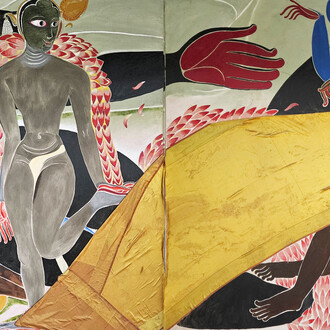Eckart Muthesius and Manik Bagh - Pioneering modernism in India shows a selection of rare vintage photographs together with drawings and watercolours by Muthesius, immortalizing Manik Bagh as a “fairy tale palace” of Modernism.
This exhibition tells the fascinating story of an early dialogue between India and Germany in the field of design and architecture based on the fruitful friendship between two sophisticated and like-minded young men. Moreover, the exhibition also sheds light on the little-known topic of Indian patronage of Western art, design, and architecture during the height of the global economic crisis around 1930.
It was the friendship between Maharaja Yeshwant Rao Holkar II (1908-1961) of Indore and his wife, Maharani Sanyogita, (1914-1937) with the Berlin architect Eckart Muthesius (1904-1989) that resulted in India's earliest icon of modernity: the palace of Manik Bagh. The building gained worldwide recognition soon after its completion in 1933. Muthesius not only designed the palace and its surroundings but also most of the highly innovative interiors. Numerous masterpieces of contemporary art and design complemented the purist style of Muthesius, who was later appointed “Chief Master Builder” of the princely state of Indore.
The detailed and artistically appealing designs from Manik Bagh ('gem garden') reflect the uncompromising affinity of the architect and his client for the ideals of Modernism.















